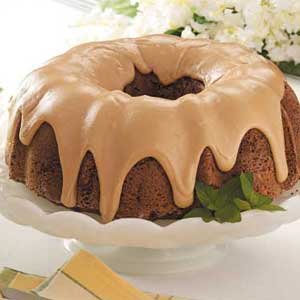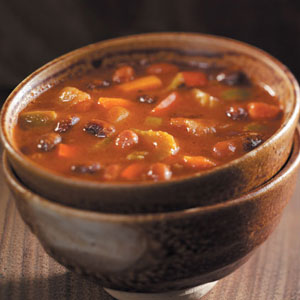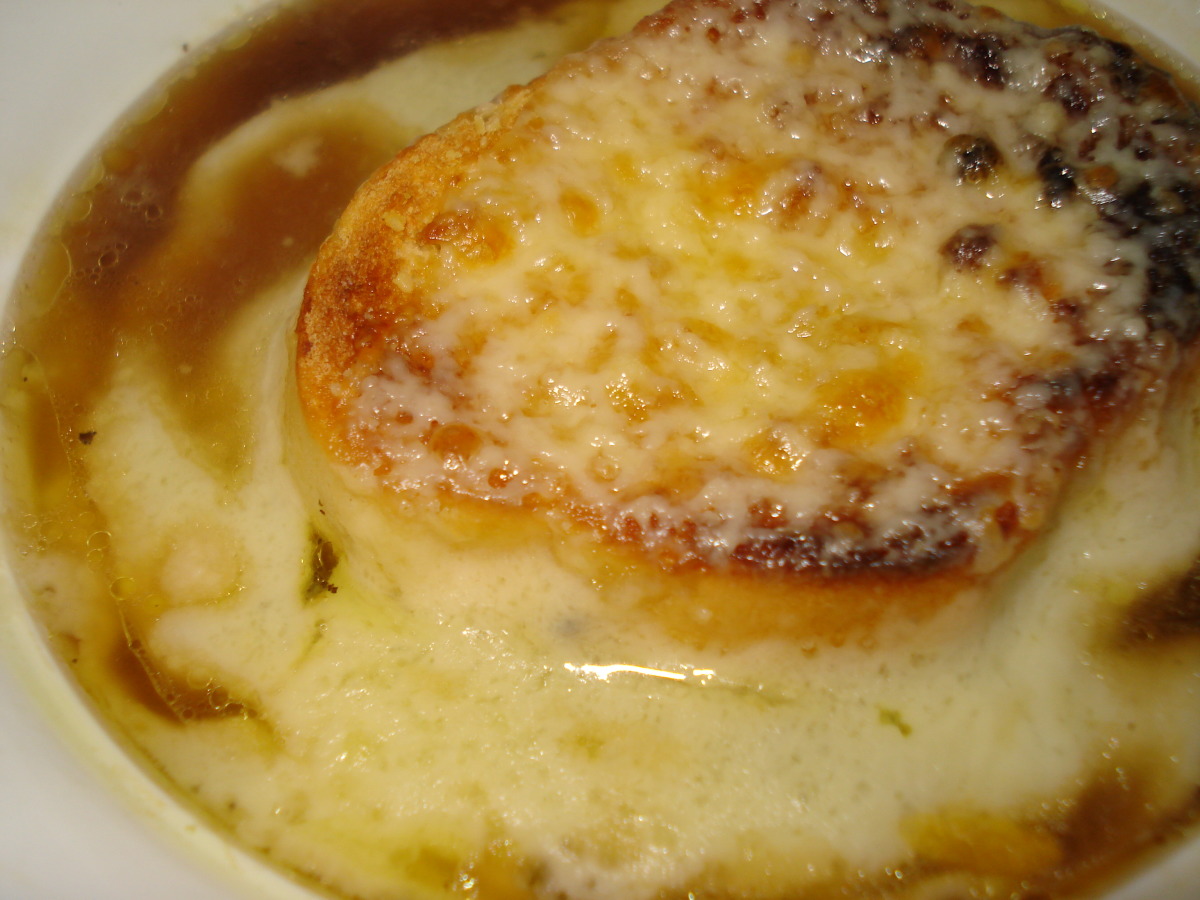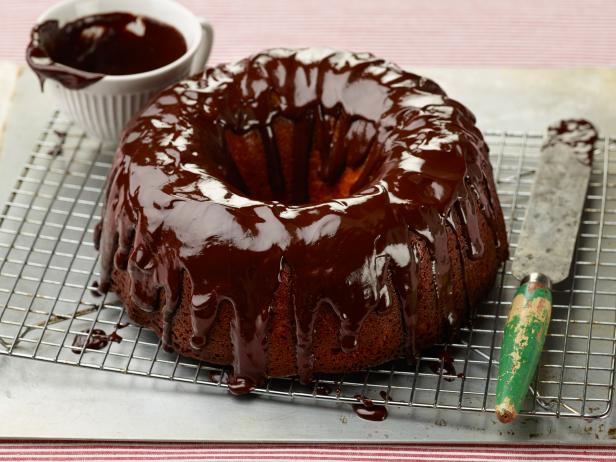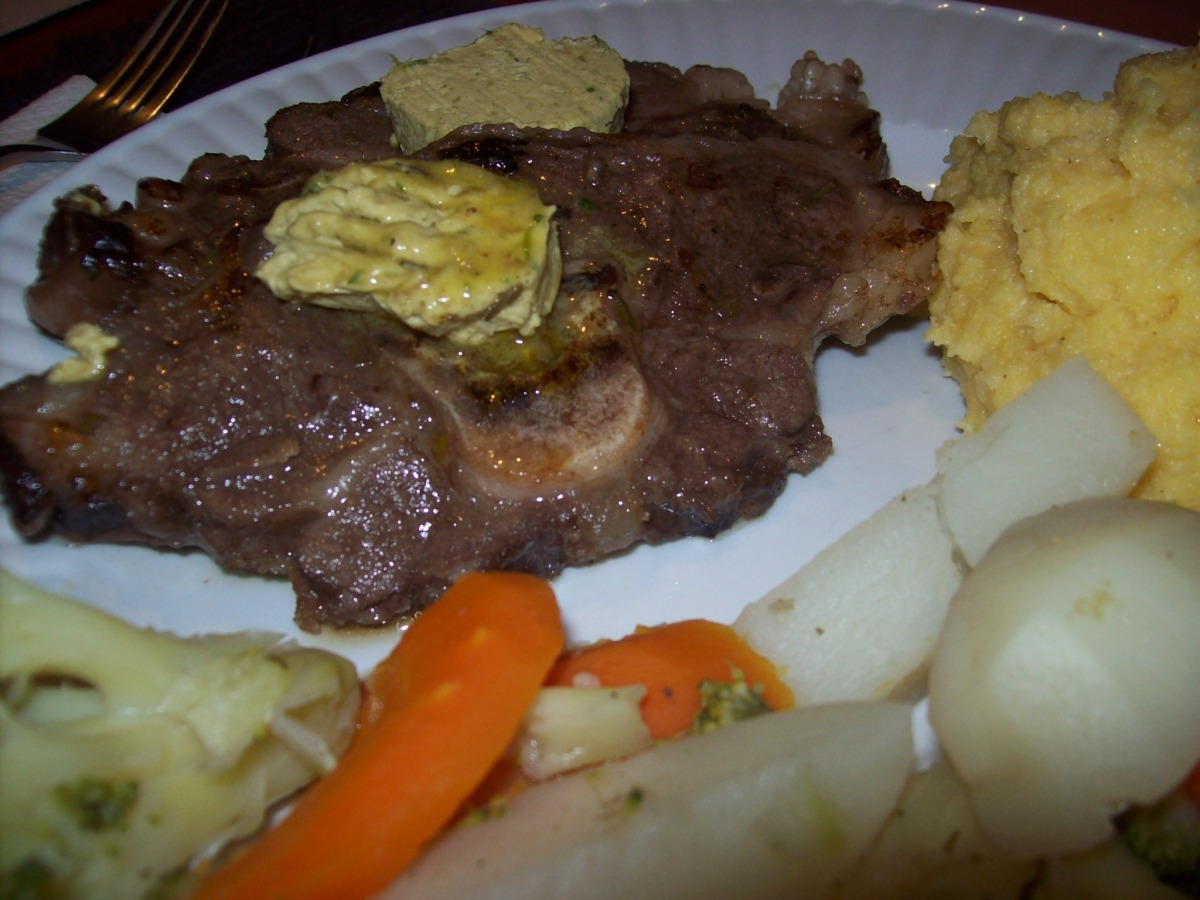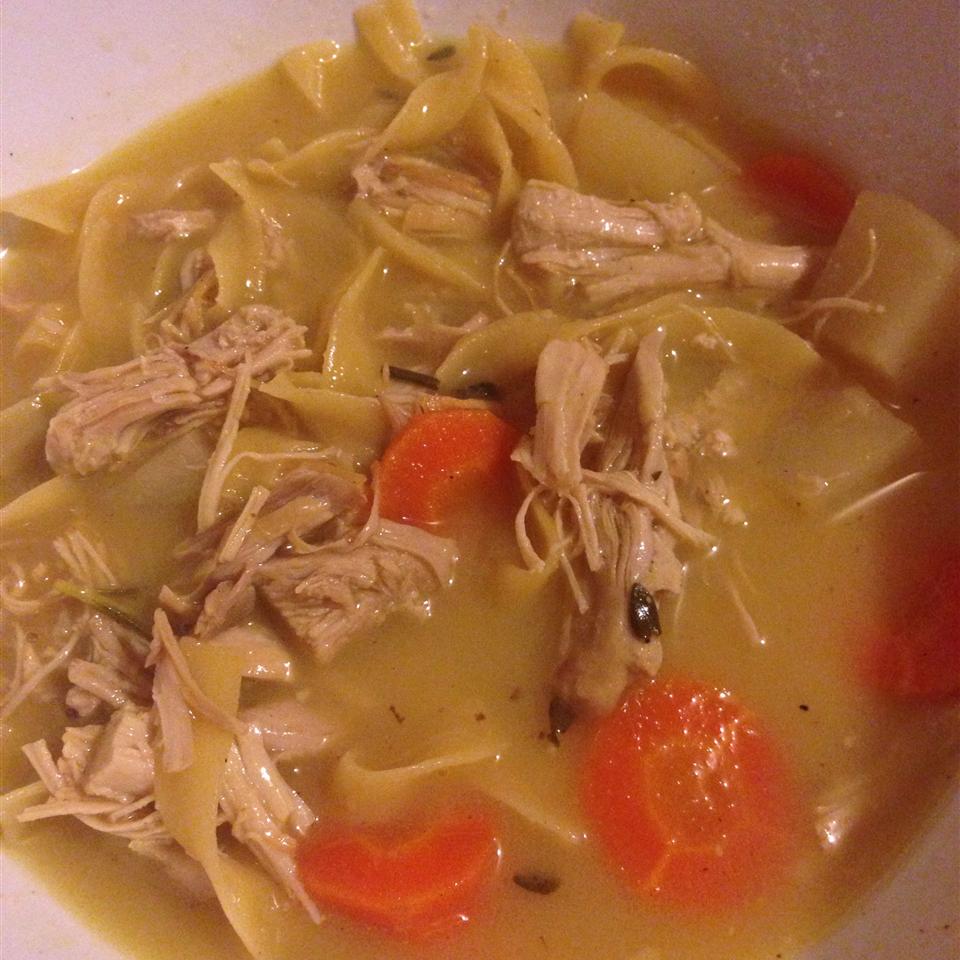Discover the art of home-curing pork tenderloin ham, a delectable culinary creation that combines traditional techniques with modern convenience. This comprehensive guide will take you on a step-by-step journey through two distinct yet equally flavorful recipes: a classic dry-cured ham and a brine-cured ham.
The dry-cured ham, a time-honored method passed down through generations, involves a meticulous process of rubbing the pork tenderloin with a blend of curing salts, spices, and herbs, then allowing it to rest for an extended period to develop its rich, complex flavor.
In contrast, the brine-cured ham offers a quicker and more straightforward approach. The pork tenderloin is submerged in a flavorful brine solution infused with aromatic spices and seasonings, resulting in a tender and succulent ham in a fraction of the time.
Both recipes provide detailed instructions, ensuring successful preparation and execution. Discover the secrets of curing pork tenderloin ham at home, creating a culinary masterpiece that will impress family and friends alike.
MINIATURE HOME-CURED 'HAM'

My version of Southern biscuits and ham exposes me as a Yankee impostor, since it's not made with real country ham. It is, instead, a much smaller brine-cured pork tenderloin, easy to cure and cook (though it does take some advance planning). Serve with tender, hot biscuits, sweet butter and mustard.
Provided by David Tanis
Categories breakfast, brunch, dinner, lunch, main course
Time 1h
Yield 4 pounds cured pork tenderloin, about 24 servings
Number Of Ingredients 14
Steps:
- Put salt and sugar in a large nonreactive bowl (stainless steel or glass). Add boiling water and stir well to dissolve salt and sugar. Add peppercorns, mustard seeds, allspice berries, cloves, thyme and bay leaves. Allow to cool completely.
- Add curing salt and 1 cup white wine to cooled brine. Submerge pork tenderloins in brine. Place plate directly on top of pork to keep it submerged if necessary. Cover container and refrigerate for 5 days.
- Remove pork from brine and pat dry. Discard brine. Spread onions and thyme sprigs on bottom of a large shallow baking dish. Add brined tenderloins in one layer, then add 1/2 cup wine. Heat oven to 350 degrees; as it heats, bring meat to room temperature. Cover dish and bake for 45 minutes or until pork registers 135 degrees with an instant-read thermometer. Remove from oven (meat will continue to cook and reach 140 degrees as it rests). Let cool before cutting into thin slices. Serve with buttermilk biscuits. May be refrigerated, well wrapped, for up to 1 week.
Nutrition Facts : @context http, Calories 131, UnsaturatedFat 1 gram, Carbohydrate 10 grams, Fat 3 grams, Fiber 0 grams, Protein 15 grams, SaturatedFat 1 gram, Sodium 516 milligrams, Sugar 9 grams, TransFat 0 grams
HOME-CURED HOLIDAY HAM
There are many reasons for making your own holiday ham: bragging rights that you actually did this, but also that you can flavor your ham any way you want and you can control the salt content.
Provided by Chef John
Categories Meat and Poultry Recipes Pork Pork Shoulder Recipes
Time P4DT2h20m
Yield 16
Number Of Ingredients 10
Steps:
- Place kosher salt, brown sugar, pickling spice, and pink salt in a container large enough to hold the brine and the ham.
- Bring 2 quarts of water to a boil and pour over the brine ingredients; whisk to dissolve. Pour in 1 gallon fresh cold water to cool down the mixture.
- Score the skin side of the pork roast with a sharp knife. Cut into the fat beneath the skin but not into the meat. Score about 1 inch apart, then score in the opposite direction to get the classic diamond-shaped pattern.
- Lower scored roast into the cooled brine, skin side up. Use a plate to weigh down the roast so that it cures fully submerged in the liquid. Refrigerate for 1 day for every 2 pounds of pork (for a 7 pound roast, cure for at least 2 1/2 days). Turn the roast over halfway through the brining process.
- Remove roast from brining liquid. Discard the brining liquid and transfer the roast back to the brining container. Cover the roast with fresh cold water to rinse off some of the salt. Depending on how salty you want your ham, you can soak it for just a few minutes or overnight. Remove roast from the water and blot dry with paper towels.
- Preheat oven to 325 degrees F. Add a cup of water to a roasting pan with 2 whole star anise. Place roast on a rack in the roasting pan.
- Roast until ham reaches an internal temperature of 130 to 135 degrees F, about 2 hours. Ham will not be fully cooked at this point. If water has nearly evaporated, add a splash more. Increase oven temperature to 425 degrees F. Continue to roast until skin is browned and crispy and ham reaches an internal temperature of 145 to 150 degrees F.
- To make the optional glaze, mix the mustard, maple syrup, cayenne pepper, and salt together in a bowl. Brush glaze on the ham at this point, not before. Return roast to oven for about 5 minutes to crisp it even further.
Nutrition Facts : Calories 483.5 calories, Carbohydrate 22 g, Cholesterol 127.1 mg, Fat 25.6 g, Protein 38.8 g, SaturatedFat 8.9 g, Sodium 13995.6 mg, Sugar 20.5 g
Tips:
- Choose the right pork tenderloin: opt for a tenderloin that is firm, dry, and has a good amount of marbling.
- Cure the pork tenderloin properly: follow the curing recipe carefully to ensure the pork is cured safely and thoroughly.
- Use a meat thermometer: cook the pork tenderloin to an internal temperature of 145°F (63°C) to ensure it is safe to eat and still juicy.
- Let the pork tenderloin rest before slicing: this will allow the juices to redistribute throughout the meat, resulting in a more tender and flavorful ham.
- Store the pork tenderloin ham properly: wrap the ham tightly in plastic wrap or aluminum foil and store it in the refrigerator for up to 1 week.
Conclusion:
Home-cured pork tenderloin ham is a delicious and versatile dish that can be enjoyed in many different ways. Whether you slice it thin for sandwiches, dice it for salads, or serve it as a main course, this cured meat is sure to be a hit. With its smoky, salty, and slightly sweet flavor, it's a great addition to any meal. So next time you're looking for a new culinary adventure, give home-cured pork tenderloin ham a try - you won't be disappointed!
Are you curently on diet or you just want to control your food's nutritions, ingredients? We will help you find recipes by cooking method, nutrition, ingredients...
Check it out »
You'll also love




